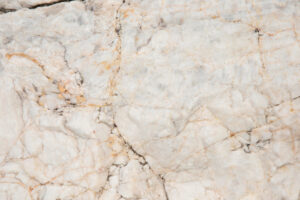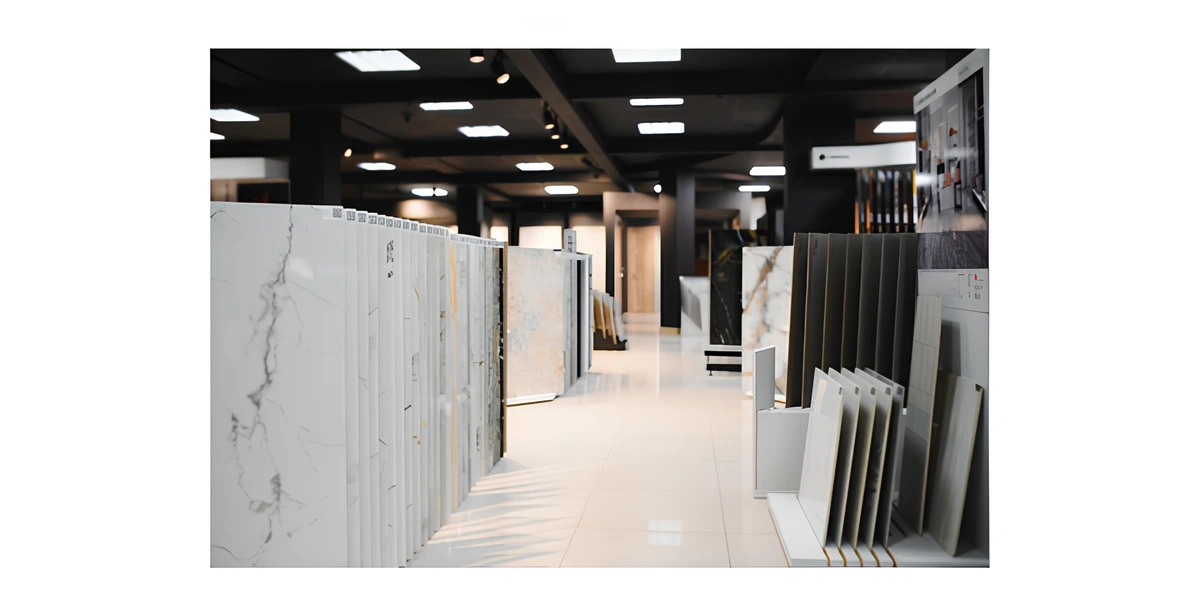Table of Content
- Overview
- Understanding Marble Quality
- Popular Types of Marble
- Key Factors to consider when choosing Marble
- Tips for Marble maintenance and care
- Conclusion
How to Select the Best Quality Marble for Your Home Interior and Project
Overview: Marble has long been celebrated for its natural elegance and timeless appeal, making it a sought-after material for residential and commercial projects. Whether renovating your home or designing a luxurious space, choosing the right marble is crucial for achieving a blend of beauty and functionality. This guide will walk you through the essential considerations to help you select the best quality marble for your project.


Understanding Marble Quality
Marble forms as a result of limestone being exposed to significant heat and pressure, converting it into a metamorphic rock. The quality of marble varies based on several key factors:
- Color and Veining: Marble comes in a range of colors and veining patterns, from subtle to bold. The choice between different veining styles and colors should complement your design vision.
- Durability and Density: The higher the density of marble, the more durable it is and the less it is affected by scratches or chips. Opt for marble with a tight crystalline structure to ensure durability and long-lasting beauty.
- Finish: Marble finishes can be polished, honed, or brushed, each providing a unique look and feel. Consider your aesthetic preferences and the level of maintenance you’re willing to commit to when choosing a finish.
Popular Types of Marble
Each type of marble has distinct characteristics that can influence your decision:
- Carrara Marble: Carrara Marble, known for its white or blue-grey tone and feathery veins, is a great choice for a classic and elegant interior.
- Calacatta Marble: Featuring bold, dramatic veins against a creamy white backdrop, Calacatta marble exudes luxury and is perfect for statement pieces and focal points.
- Statuario Marble: Similar to Calacatta, Statuario marble has softer veining in shades of grey. It’s a refined choice for high-end applications and adds a touch of sophistication to any space.
- Emperador Marble: This rich brown marble with white or beige veining brings warmth and elegance to interiors, making it a popular choice for both modern and traditional designs.



Key Factors to Consider When Choosing Marble
Selecting the right marble involves more than just picking your favorite color. These are some important factors that should be considered:
- Application Location: The intended use of the marble—whether for countertops, flooring, walls, or decorative elements—should guide your selection. Some types of marble are better suited for specific applications based on their durability and maintenance needs.
- Design and Style: Your chosen marble should align with the overall style of your space. Whether your design is contemporary, traditional, or somewhere in between, the marble should enhance and not clash with the desired aesthetic.
- Budget Factors: Marble costs can range widely depending on the variety, availability, and overall quality. Establish a budget and explore marble options that meet your financial constraints without compromising on quality.
Tips for Marble Maintenance and Care
Maintaining marble’s beauty requires regular care and attention:
- Sealing: Regularly seal your marble surfaces to protect them from stains and etching, which can mar the stone’s appearance.
- Cleaning: Use pH-neutral cleaners specifically designed for natural stone. Avoid harsh or abrasive cleaning products that can scratch or dull the surface.
- Protection: Always use coasters under glasses and avoid placing hot items directly on marble surfaces to prevent damage.
In conclusion, choosing the perfect marble for your project depends on careful consideration of factors like color, veining, durability, and care. By understanding these elements and matching them to your project’s specific needs, you can choose marble that not only enhances the visual appeal of your space but also stands the test of time. Explore the wide variety of marble options available and make an informed decision that will bring your design vision to life.
Connect with Us: For expert tips on selecting the best marble for your project and to explore our premium collection, visit Veda Marble. Stay engaged with us for more design inspiration and updates on Instagram, Facebook, and LinkedIn.
Frequently Asked Questions (FAQs)
1. What factors should I consider when choosing marble for my project?
When selecting marble, consider the following factors:
- Color and Patterns: Choose a color and veining pattern that complements your design vision.
- Durability and Density: Choose marble with a high density and perfect crystalline structure for better durability.
- Finish: Decide between polished, honed, or brushed finishes based on your aesthetic preference and maintenance commitment.
- Application Location: Ensure the marble you choose suits the specific use, whether for countertops, flooring, or decorative elements.
2. How do I determine the quality of marble?
The quality of marble is determined by its color consistency, veining, and density. High-quality marble has uniform color and distinct, well-distributed veining patterns. Additionally, denser marble is more durable and less prone to scratches and chips. A tight crystalline structure in the marble is a good indicator of its overall quality.
3. What are the most popular types of marble for interior design?
The most popular types of marble include:
- Carrara Marble: Known for its white or blue-grey tone and soft, feathery veins, ideal for classic interiors.
- Calacatta Marble: Features bold, dramatic veins against a creamy white background, perfect for luxurious, statement pieces.
- Statuario Marble: Similar to Calacatta but with softer grey veins, adding a refined touch to high-end spaces.
- Emperador Marble: A rich brown marble with white or beige veining, bringing warmth and elegance to both modern and traditional designs.
4. What is the difference between polished, honed, and brushed marble finishes?
- Polished Marble: Has a glossy, reflective surface that enhances the color and veining. It’s ideal for areas where a luxurious, elegant look is desired.
- Honed Marble: Offers a matte finish that is less reflective, giving it a more understated and modern appearance. It’s suitable for high-traffic areas as it shows fewer scratches.
- Brushed Marble: Features a textured surface that adds character and depth to the marble. It’s often used in rustic or natural designs.











